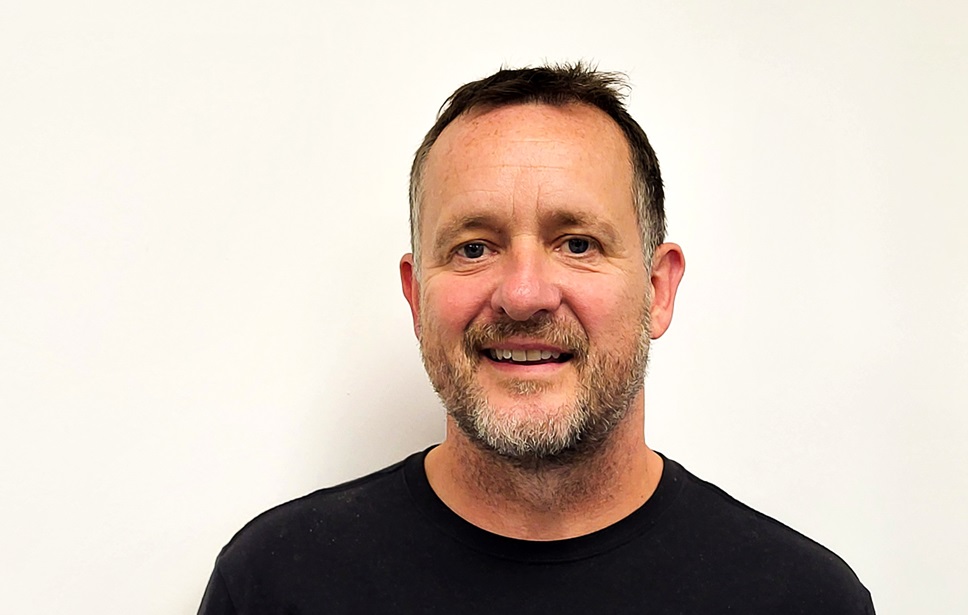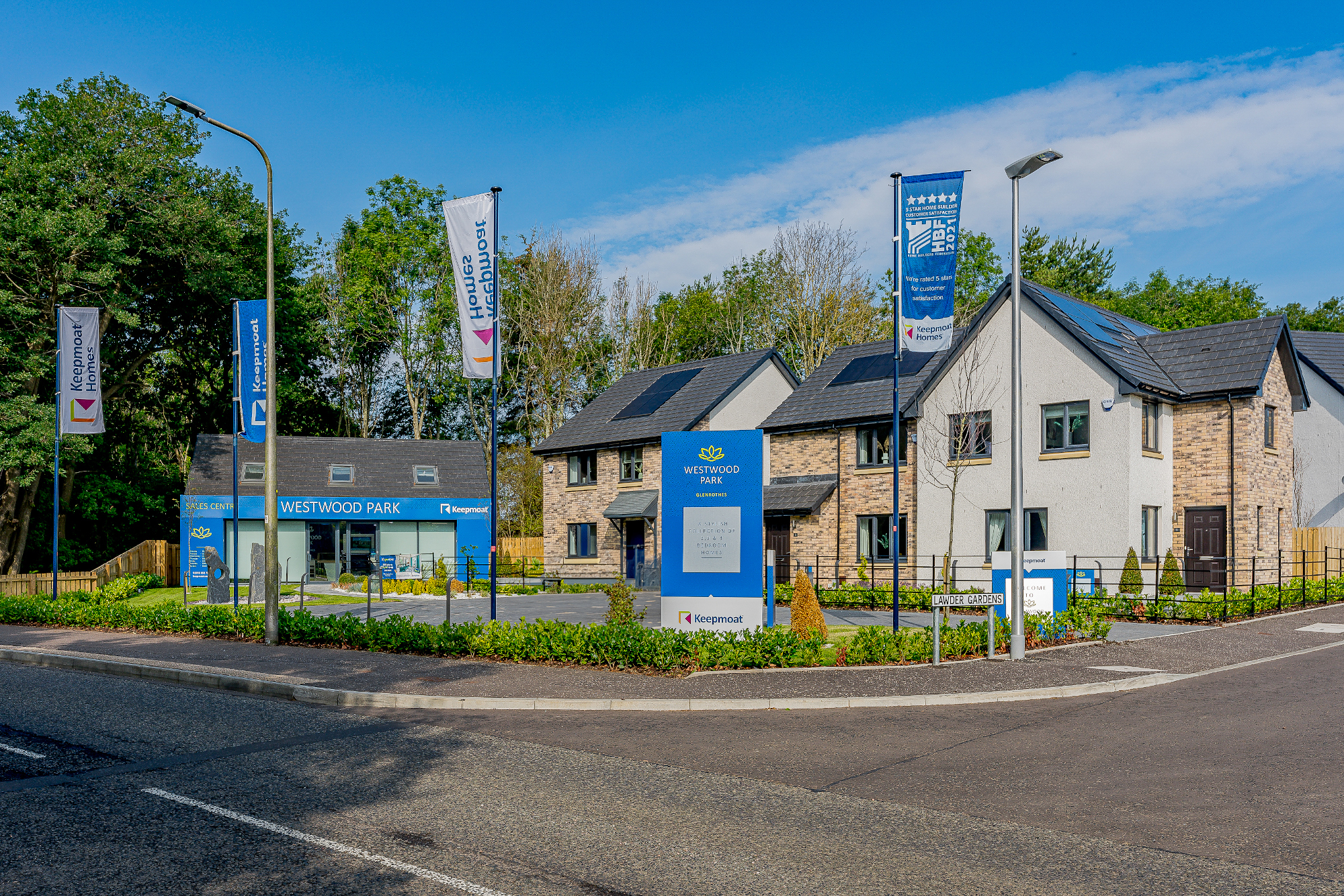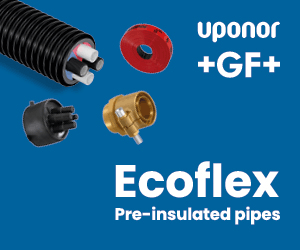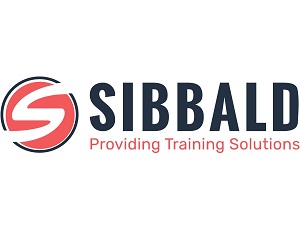Construction Leader: Tim Metcalfe on the moral objective for Keepmoat to go above and beyond

Tim Metcalfe
Tim Metcalfe, Keepmoat’s regional managing director in Scotland, tells Colin Cardwell why his company’s model to balance the needs of investors and provide affordable homes makes moral and business sense.
The optics of today’s housebuilding industry are not unmitigatedly positive. After all, the supply and demand imbalance in the UK market is seldom far from the headlines.
There have infamously not been enough homes to meet the rising demand for decades, with high land and property prices, wage growth failing to keep pace with rising housing costs and lengthy and complex planning processes that delay construction all contributing to a real and worrying problem for renters, first time buyers and young families.
Since 2009 though, Keepmoat, which is a top 10 UK house builder, has built more than 195,000 homes with some 4,000 currently under construction every year. Tim Metcalfe is the company’s regional managing director in Scotland, one of its nine UK regions, which is engaged in developments that include projects at Ravenscraig, North Lanarkshire, Paisley and a site in Glenrothes that will involve more than 400 units.
A native of Surrey and a chartered accountant by training, he has lived in Scotland since 2002 and has more than 25 years’ experience in the industry in senior financial and operational roles with businesses that include Avant and Robertson.
Mr Metcalfe has robust views about balancing the necessity of delivering returns to investors in Keepmoat’s projects with the moral imperative to help those at what he describes as the “sharp end” of the market.
“Obviously, we have a housing crisis in the UK that we constantly hear a lot about, and that is most keenly felt at the bottom end of the market among the people who are most in need of housing,” he says.
“We’re essentially targeting multi-tenure occupants for housing and providing a lot of affordable housing for the people that need it most, whether that’s social or mid-market rental.
“We try to cater as much as possible for those people in the most need but also build a lot of smaller houses which are targeted for first time buyers and young families while not getting involved at all at the executive end of the market, the £400,000-£500,000 houses and above and see that as our USP.”
He describes the company’s approach as that of a ‘partnership’ housebuilder. “We’re predominantly engaged with building houses in partnership with housing associations, local authorities and other organisations, landowners or ground workers with whom we have long established relations.”
He emphasises that the company is a private house builder, not a charity – and while servicing an important need in the market must deliver a return to its investors.
“It’s a very good model, which has paid dividends over recent years”, he says. “It has allowed Keepmoat to balance its portfolio of business extremely well between the affordable housing that it does for local authorities and housing associations and the private housing market.
“So, if the private market dips a little we have the affordable housing market there to prop up business – and vice versa.”
He was attracted to work for Keepmoat because he believed that that company was a force for good in house building. “Its business model sat well with me on a moral basis. Many other house builders will deliver affordable housing as part of their section 75 requirements in Scotland (broadly equivalent to Section 106 agreements in England and Wales).
“But we look to do more than that – we might have a section 75 requirement for, say, 10% of a site to be affordable housing but will often seek to achieve a much higher number than that, voluntarily building smaller houses that provide homes for more families than perhaps other housebuilders are doing.”

Pictured: Keepmoat's Westwood Park development in Glenrothes.
One an example of this is Glenrothes where Keepmoat is building 420 houses for Fife Council with 10 per cent of them required under the Section 75 agreement to be affordable housing.
“We’re looking to do another 80 on top of that and trying to secure a deal with Kingdom Housing Association to deliver that,” he says. “Most other developers would just deliver those as private homes – that’s where I believe we’re a bit different, going beyond the requirement to build more affordable housing where we can, within certain criteria.”
In Sighthill, Glasgow, the company will deliver over 1,000 units in a large regeneration bid which Mr Metcalfe says is one of the largest of its kind outside London.
“We’ve built 153 homes there already. More than half of them are for a housing association, and the other half private houses. But it’s an area that’s in need of regeneration and we’re creating something that will transform the standard of living for people in that location and the neighbourhoods adjacent to it.”
While on the site of the former steelworks at Ravenscraig in Motherwell, Keepmoat has invested more than £11.3 million into the regeneration of former brownfield land at The Castings where the development has created accessible linkages to the wider Ravenscraig area and a green open space with play area for residents.
“At Ravenscraig we were primarily appealing to first time buyers with houses under 1000 sq ft – which is really that’s our target market,” he says.

Pictured: The Ravenscraig development in Motherwell.
Mr Metcalfe is originally from the village of Windlesham in Surrey Heath, not far from Ascot which he says: “was a nice part of the world to grow up in, but I was always very fond of Scotland.
“We used to come here regularly on holiday, and I chose to go to Stirling University, attracted not only by the economics course there but also the scenery. Plus, I used to play a lot of golf and the university had a great golf club.”
After completing his BA in Economics he went to London for about eight years but had always considered moving to Scotland at some point. “I’ve been here since 2002 and I love it – it’s my home and a great place to live and work – if you ignore the weather,” he concedes wryly.
Living in Dunblane with his partner, their daughters and two dogs, family life is busy and he’s energetically attempting to bag all the Munros. “I’ve done 153 out of 282,” he says with the precision of someone who has a clear-sighted ambition.
He is enthused about his role at Keepmoat, which he describes as extremely rewarding though also extremely tough. “Yes, there are days when things don’t go to plan which can be stressful. But what really keeps me going is that I can play a pivotal role in setting the culture for the business,” he explains.
“I’ve spent the last couple of years working very hard to try to create a really positive culture making sure that I’m constantly communicating to the whole team and constantly recognising good work.”
Teamwork, he believes, is essential. “We organise a lot of events for the team to socialise which we believe is extremely important. We’ve also put lots of training and development in place so that people have the chance to really hone their skills.”
While acutely aware of the current challenges in the industry and those that the future will inevitably bring, he’s nevertheless optimistic about further opportunities.
“The underlying demand for housing is there and that means there’s opportunity for house builders – if they can secure land and get projects through the planning process – to build and make decent profits, even with the cost-of-living crisis, inflation, supply chain and material costs.
“What the industry requires, though, is for supply to catch up with that demand which needs to come through planning policy and investment in affordable housing. That will enable it to rise to that challenge and deliver more homes, giving us a more stable market in which to operate.”



















